It Came By Boats, Snowmobiles, and More: Vaccinating Isolated America
April 9, 2021
To vaccinate the far reaches of the United States and the world in the fight against COVID-19, medical professionals are turning to boats, snowmobiles, horses, and more as methods of distribution. The COVID-19 vaccine has brought about logistic problems around the world, as distributors grapple with the question: do you vaccinate more than 8 billion people? Well, for the far reaches of the world, this means using creativity to give the vaccines to people who need them.
The distribution of COVID vaccines in Alaska posed such a problem, including how to get vaccines to the rural towns and villages which have little to no connection with roads. However, this problem would not stop the vials of vaccines to the people who needed them. In Alaska, fleets of planes have been airlifting medical professionals, as well as the vaccines themselves. The vaccines have even been transported by people on sleds pulled by snowmobiles.
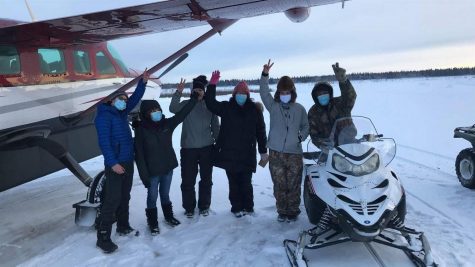
The same problems caused by living in an isolated location have also affected the distribution of the vaccine to small island towns of the North Atlantic in Maine. These vaccines had to be delivered to the citizens of Little Cranberry Island by boat. This has been difficult, as some days, the weather is too rough for boats to cross to the island from the mainland. By this time, however, the vaccine and the medical professionals have arrived safely to vaccinate the 65 people on the island.
While vaccine rollout is having some rough patches, the much-needed vaccines in these rural communities help to save lives, especially as these areas have limited access to hospitals. These two stories of distributing the vaccine despite isolation problems should give the rest of Americans hope. If the vaccine can get to these places, then it will get to us.

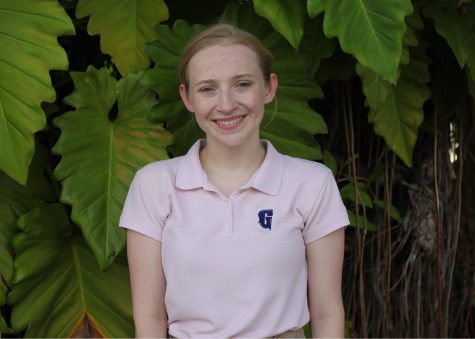

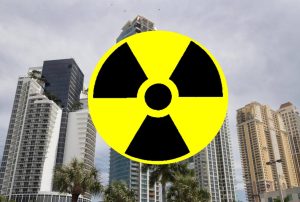
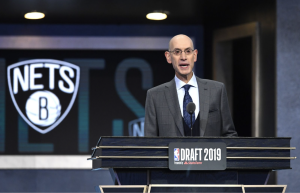



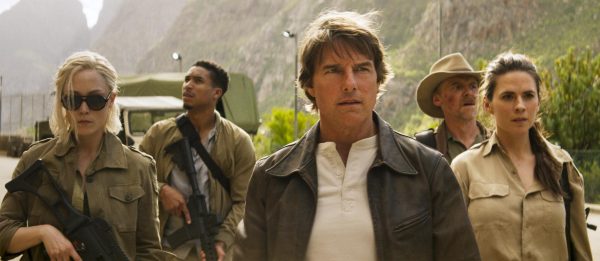
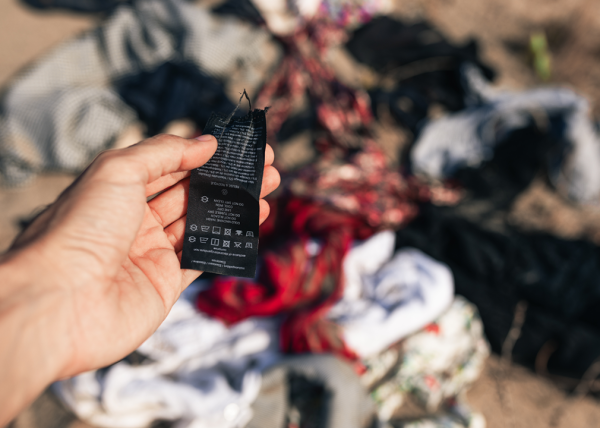
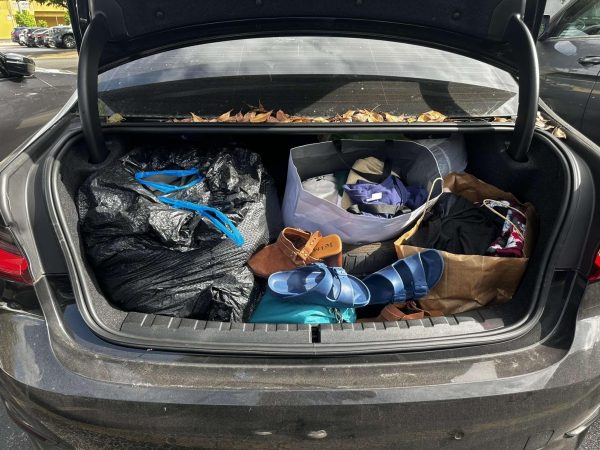
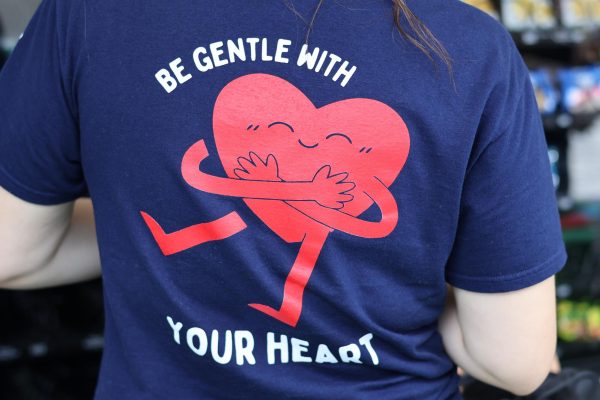
anna • Apr 22, 2021 at 10:27 am
Such an uplifting story amid these difficult times.